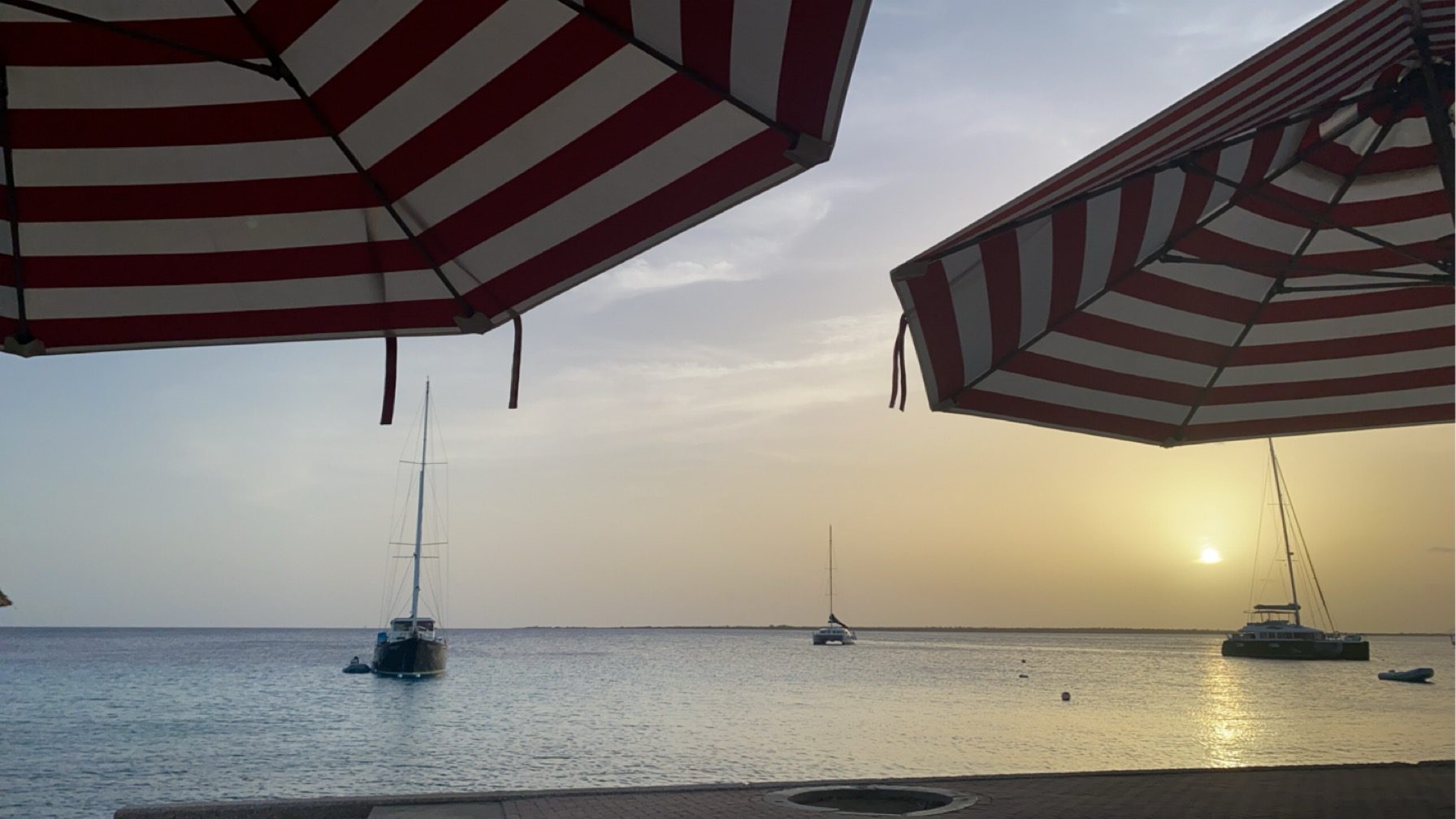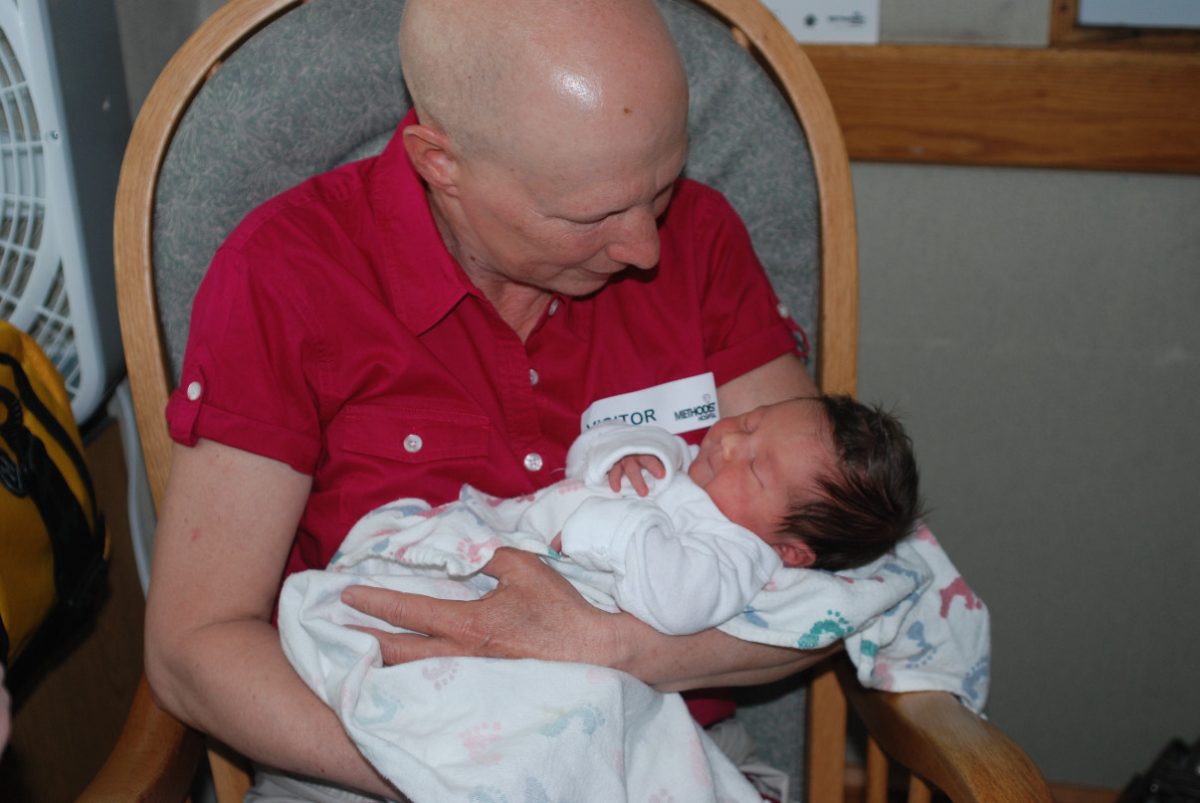This past summer I was given the opportunity to fly to an island north of Venezuela called Bonaire with my grandparents. We went on this trip to scuba dive, but we ended up doing much more. I spent 15 days on the island learning about its culture and exploring everything the place had to offer.
My grandpa was the one who got me into diving, and he is also the reason I continue to do it. Starting at eight years old, I let my grandpa teach me after frequent begging. I was afraid to do it at first, but now it is a hobby that I love to do. He taught me everything I know, such as how to control my buoyancy, remain calm underwater and take pictures, which I do with him while diving. Ever since my first dive, it has been a tradition to get ice cream or dinner at the same Freddy’s.
While diving in the Caribbean Sea, my grandpa and I saw countless species of fish and other marine life. I was lucky enough to encounter a fairly large green moray eel, which normally in Bonaire are only around three feet long. However, the one we came across was six feet long and probably triple the width of the average-sized one. Another thing that stood out to me was how vibrant the coral was because any coral I have seen has been murky and green. The Bonaire reefs had coral that looked healthier and had deeper shades. While I was hoping to swim with dolphins, I only saw them after finishing my last dive of the day. Due to diver safety, I was unable to run back into the water. Otherwise, I definitely would have.
The food in Bonaire seemed to share a common theme. I noticed that every restaurant I went into was heavily influenced by other parts of the world, which made it difficult to find food authentic to the country. However, I most likely would not have tried it anyway, since it consisted of ingredients like goat or iguana meat, which I did not feel comfortable eating. Despite this, there were a variety of alternatives that made it easy for tourists like myself to find places that we knew we would like. One restaurant I went into, Blennie’s, had a theme for every day of the week. A few of the days included “Burger Day,” “Pasta Day” and “All You Can Eat Sunday,” which had a little bit of everything. Bonaire is mainly known by divers, who call Bonaire the “diver’s paradise.”
With many of the people there being scuba divers, there are countless dive shops and diving locations. One thing that caught my eye included how native people often dress like the average tourist. Similar to how their food is inspired by other cultures, I believe they also follow different countries’ fashion styles in how they dress and present themselves. There were not many things to do if a person does not know how to dive, however, one of the other things that interested me was the donkey sanctuary. The sanctuary was huge with many acres of land. One of the workers told us they hold around 900 donkeys on the property. There were certain closed off areas for certain donkeys, like ones that are older, and ones that are young or were just born. Inside these spaces, there are places the donkeys could go to get under shade, and automatic scrubbers for when the donkeys get an itch. My grandpa and I drove around the property and the donkeys came up to our windows and were playing with each other. It seemed like many of them had a lot of energy and were constantly playing.
Bonaire had a variety of things to see, including several landmarks off of a long street named Eeg Boulevard. Along this road, there are many dive sites, but not until you pass a large section of “slave huts.” Starting in 1499, slavery was present throughout the island. People who were enslaved lived in small “slave huts” that were made of concrete and each one had a tiny window on one wall. The huts were either white or red slave huts, and there were different kinds of huts for different jobs. Each hut site had one pillar for ships to know which one to dock at. Ships would often come down to the island to drop off salt for the salt bay and also bring in slaves to Bonaire. Slavery on the island ended in 1863. Farther down the road, there is a lighthouse that looks out to the rougher part of the ocean. Watching the waves hit rocks behind it was an amazing thing to see and really made me feel like I was in paradise.









Dave • Aug 27, 2024 at 6:57 pm
Outstanding!